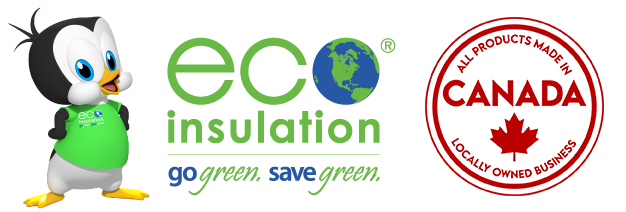The initiative is part of the 2020 Fall Economic Statement, where it was announced that Natural Resources Canada would be provided with $2.6 billion over 7 years to help Canadian homeowners improve their overall energy efficiency.
By improving home energy efficiency and airtightness, Canadians can decrease their overall energy usage and carbon footprint. The Greener Homes Grant helps Canadians to lower heating and cooling costs year-round, improve their understanding of what makes a home efficient, and band together to create more energy-efficient, sustainable communities.
